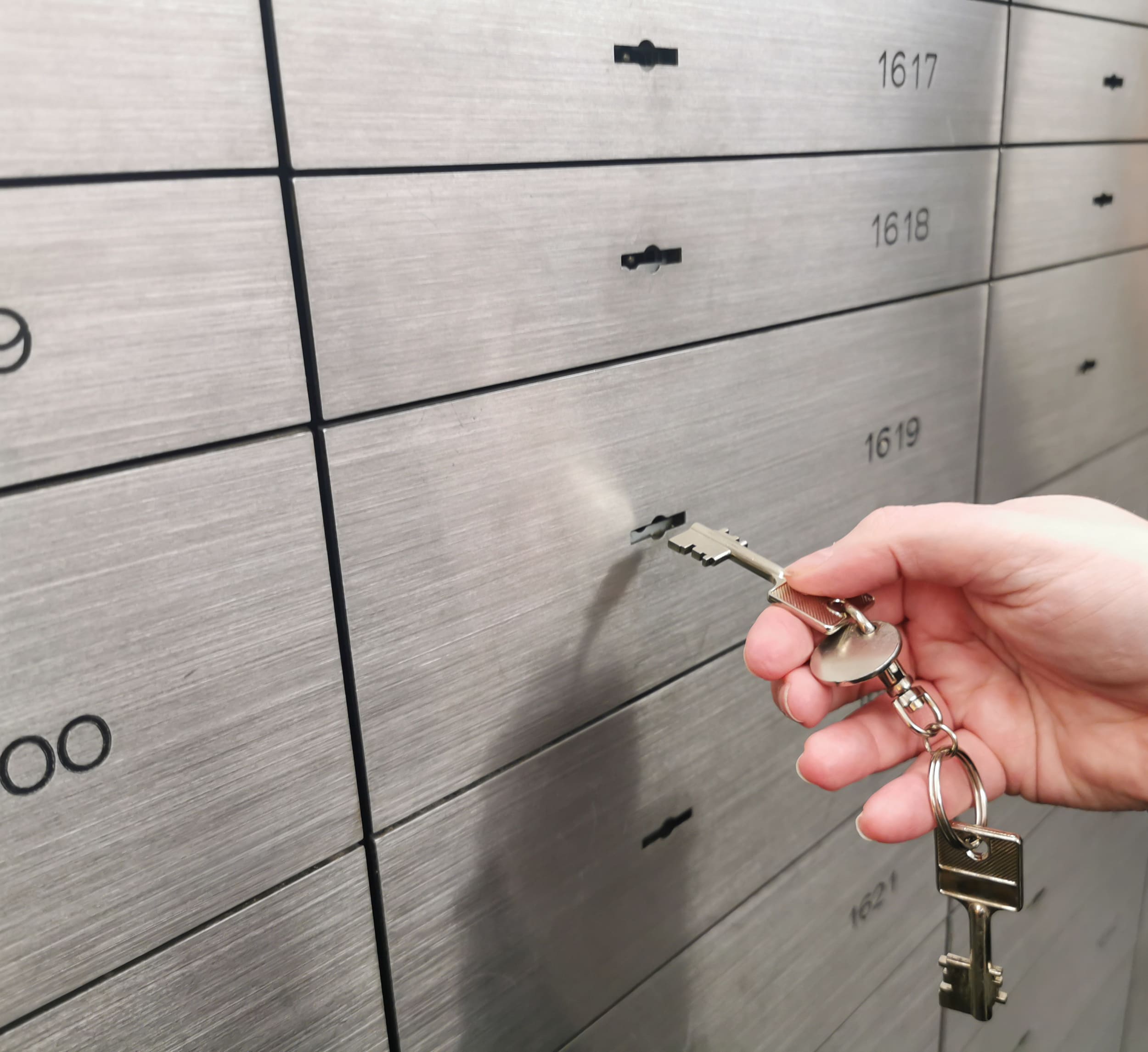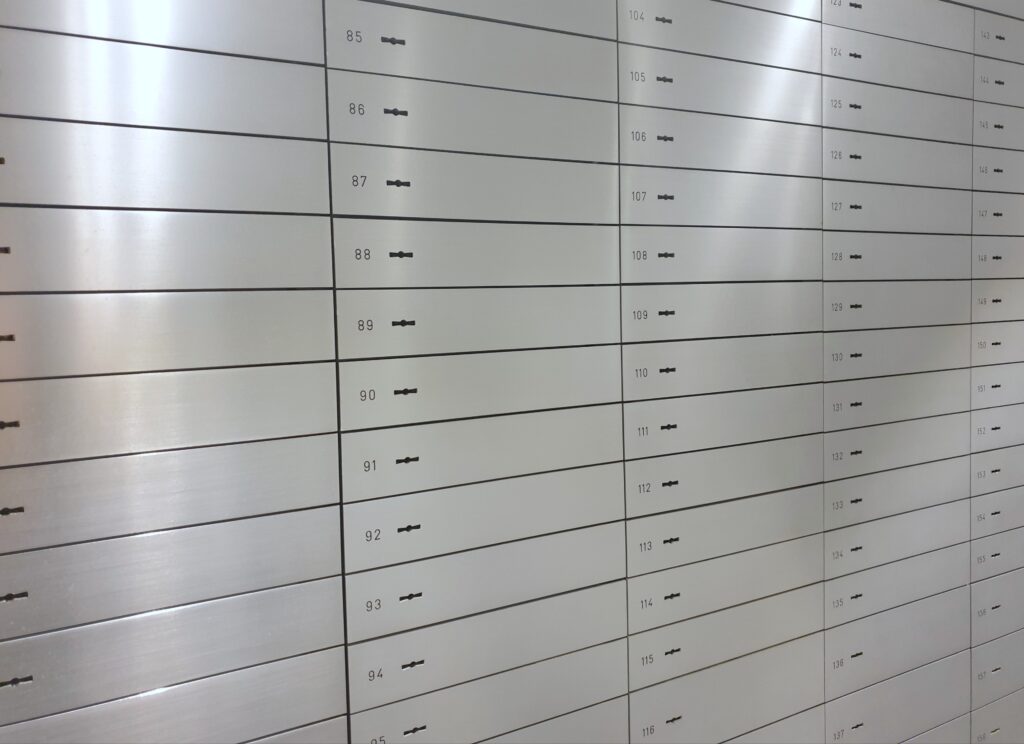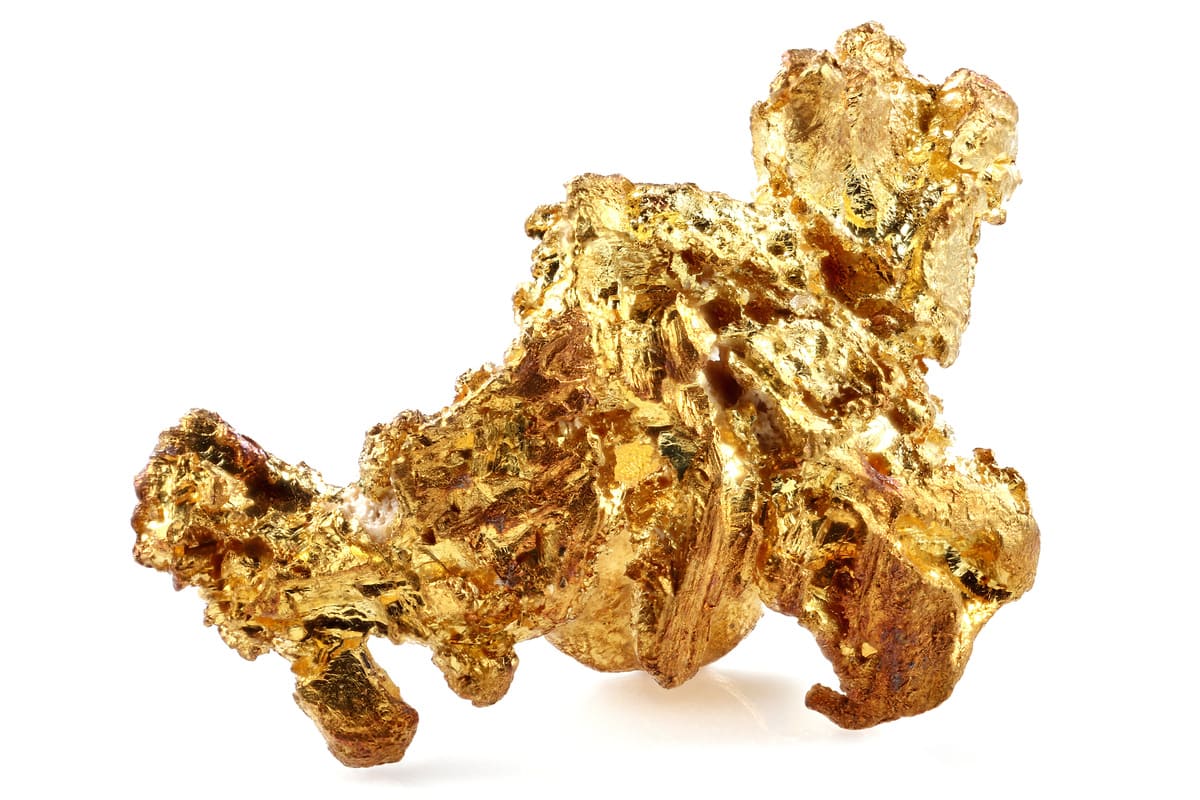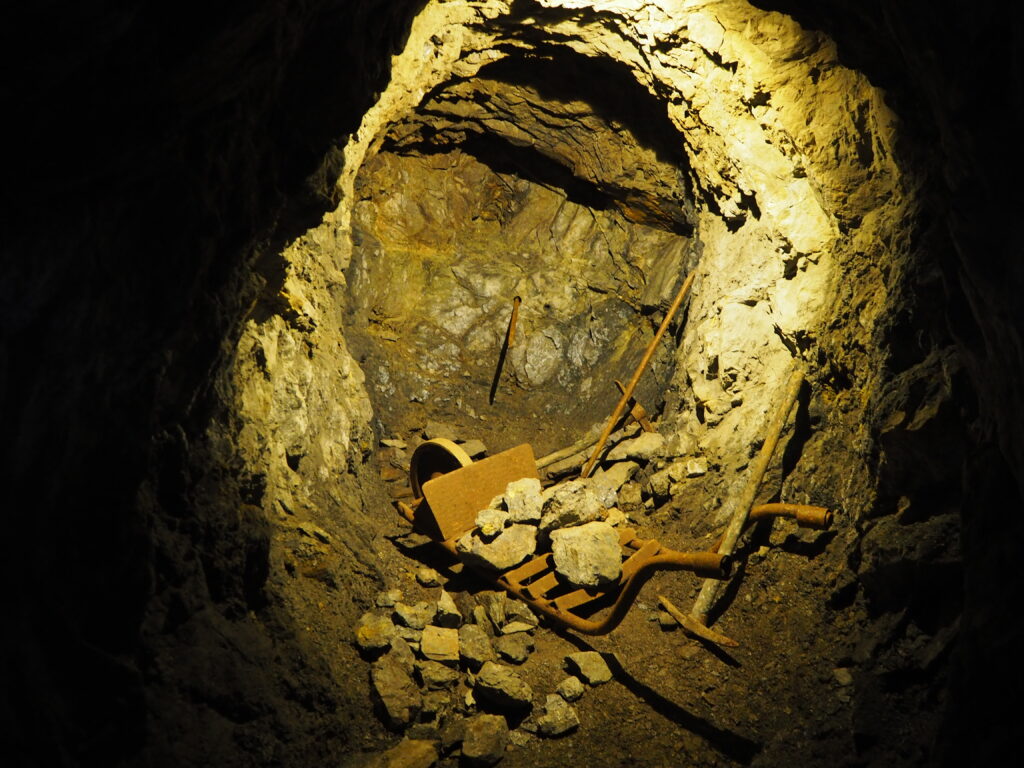Why choose a Swiss Alpine Vault?
Additional information > Services, clients and facilities > Why choose a Swiss Alpine Vault?
Switzerland’s Alpine regions encompass lower lying grassland hills, high snow-capped mountains, and everything in between. And Alpine terrain can be forbidding, as anyone who has visited an Alpine vault will surely know. But the people who live in this region have strong cultural roots, a deep respect for tradition, an independent mindset, and a self-sufficient determination to get things done, and get them done well. So if you were looking for a safe haven for your assets, Switzerland – and perhaps one of those legendary Alpine vaults – may well be on your list already. So let’s look a little closer at this Swiss reputation for security.
Historically, Switzerland has many reasons to be grateful for the imposing natural barrier which surrounds its central area. Not only during the Middle Ages, when the Swiss cantons fought hard for their independence, but also during the Second World War when the armies of Germany’s Third Reich threatened all of Europe, the Alpine region has earned a reputation for strong resistance to outside interference. Thus it is no accident that some of Europe’s most impregnable fortresses were built in and around the Saint-Gotthard Massif in Central Switzerland.
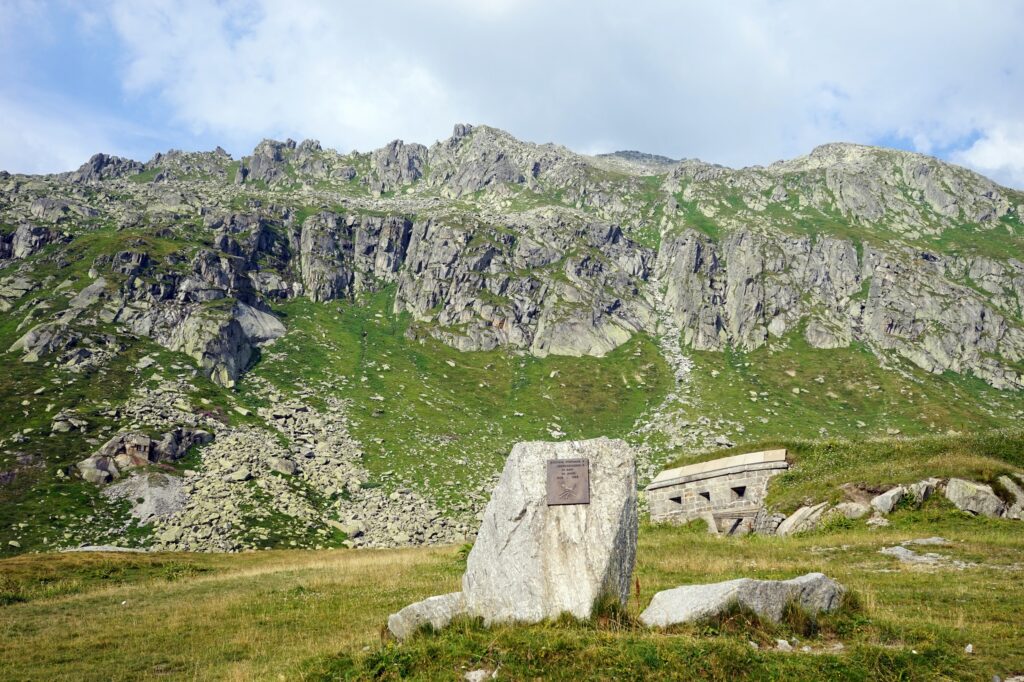
© Valery Shanin - stock.adobe.com
Those protective military bunkers still exist, and the message they convey remains uncompromising and steadfastly reassuring in equal measure. But the modern world has moved on, and Switzerland has found its mighty defensive complex in the Gotthard region has now become an important part of the country’s international reputation as an ultra-secure location for the storage of all kinds of valuable financial assets.
In essence, security is one compelling reason why Swiss Gold Safe chose to locate three of their own storage facilities in the Gotthard region. Central Switzerland, right in the geographical heart of the Alps, is simply an ideal site for a high-security Alpine vault.
Amsteg UR Gotthard vault 1
Near the town of Amsteg, Swiss Gold Safe’s Vault 1 is located on the site of an ex-military complex dug deep into the rugged Swiss Alpine mountainside in the Gotthard region. Now dedicated to the allocated and segregated storage of precious metals, this well-fortified spot now operates as a specialist high-security vault. This privately owned Alpine vault operates primarily as a preferred facility for institutional clients, handling what is essentially domestic investor storage. Vault 1 also benefits from its special legal status, and is thus recognised as a tax-free customs territory in its own right. As a result, this Swiss Gold Safe vault is also an attractive proposition for foreign institutional investors looking for a secure offshore free zone (open bonded warehouse).
Amsteg lies in the canton of Uri – one of Switzerland’s original three founding cantons. And while this places Amsteg conveniently near to the heart of Europe and its financial institutions, Switzerland is a non-member of the European Union and thus not bound by its laws. Furthermore, the Gotthard region remains entirely under the full control of the Swiss authorities: The Gotthard Pass links territories lying to the north and the south of the Alps. And to the north, the route passes also through Axenstrasse and the Seelisberg tunnel, which only adds further to the region’s security.
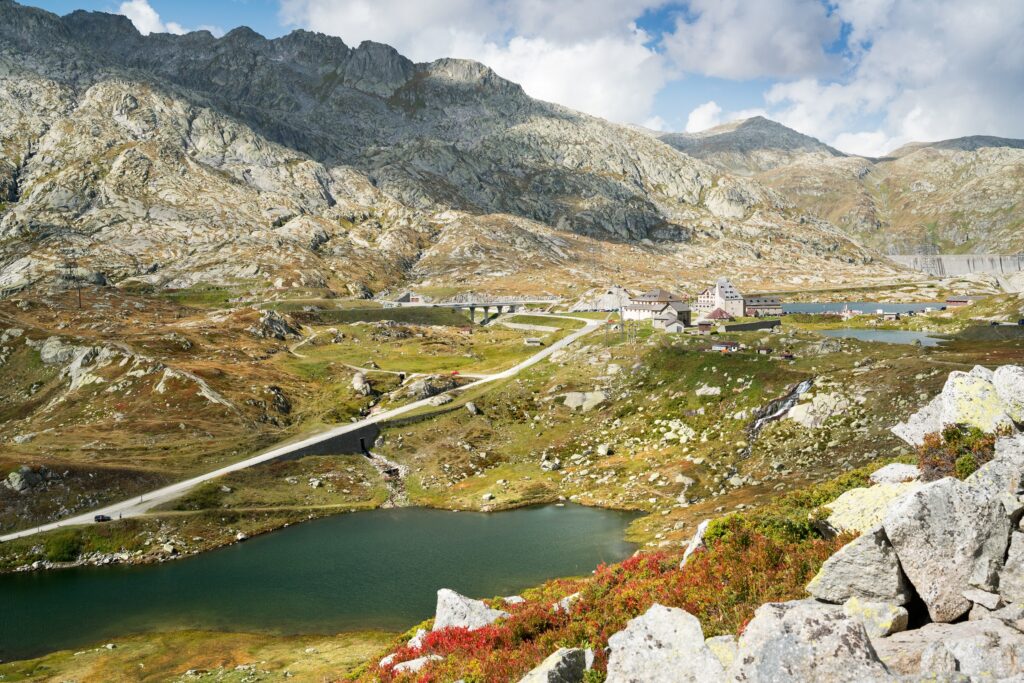
© juhumbert - stock.adobe.com
Gotthard vault 3
Vault 3 is yet another Alpine vault installed inside a former military stronghold hewn from mountain rocks at least 25 million years old. Now repurposed as a storage facility for precious metals, this high-security zone hosts institutional clients from every international jurisdiction. Vault 3 is also a designated legal free zone (open bonded warehouse), and thus can act as an offshore repository for clients holding precious metals for a broad range of investment objectives. This exceptionally secure environment enables clients to take absolutely legitimate and totally confidential advantage of Switzerland’s jurisdiction, which considers individual property rights to be of paramount concern, with all the tax-efficient benefits such a priority offers to far-sighted investors.
The value and appeal of this secure vault to Swiss Gold Safe clients goes well beyond its physical context. Though modern Switzerland with its superb communication and transport links is undoubtedly much closer to the world beyond its borders, the Swiss continue to guard and maintain their historic support for the concept of financial independence, and their formidable reputation for the utmost discretion and privacy.
Safe deposit box Vault Altdorf UR, Gotthard vault 2
Swiss Gold Safe clients use the company’s primary safe deposit box facility in Altdorf UR as a secure Alpine vault facility for safe storage of their precious metals such as gold or silver, as well as jewellery and precious stones, fine art, cash, irreplaceable documents, cryptocurrency investments, digital media and any other high-value items. This privately managed, offshore, bank-independent safe deposit box location, where total discretion is absolutely guaranteed, offers a safeguarding service beyond compare with minimal formalities.
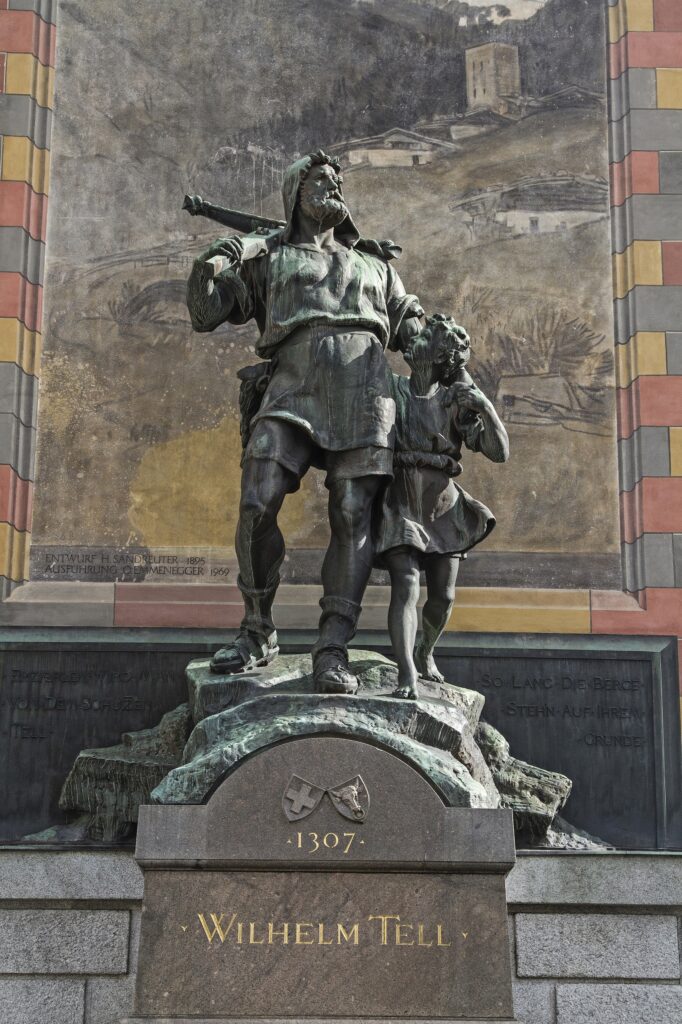
© Hans und Christa Ede - stock.adobe.com
Altdorf, the principal town in Uri Canton, houses the Swiss Gold Safe headquarters. Part of the region which gave birth to Switzerland, Altdorf also honours the memory of William Tell, the Swiss national hero. So there could hardly be a better place to find a secure Alpine vault than in a territory which has staunchly defended the right to self determination and individual privacy for so many years.
Summary:
- Switzerland has championed the rights of individuals throughout its history.
- Swiss Gold Safe’s Alpine vaults are sited in former military locations. The geography of this Alpine region simply adds a further layer of security.
- Swiss Gold Safe high-security vault facilities are used by international institutions and private investors alike. Switzerland’s independence, political stability and investor-friendly laws are highly valued throughout the financial world.
- Beyond their state-of-the-art security standards, Swiss people are renowned for their reliability and absolute discretion.
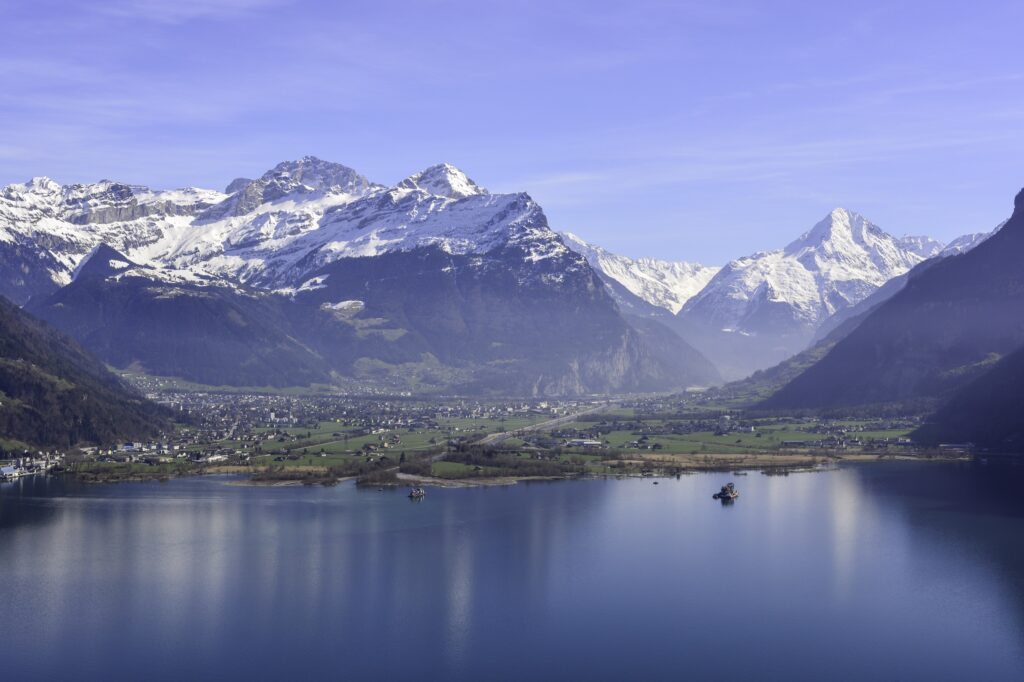
© JD-Fotografie.ch - stock.adobe.com




